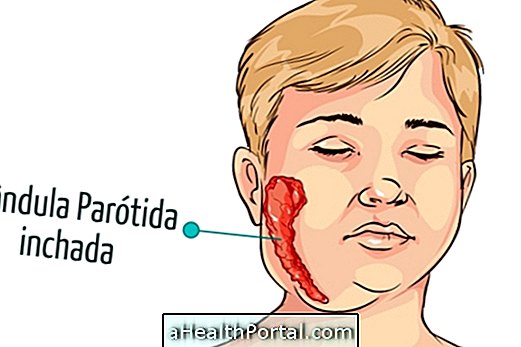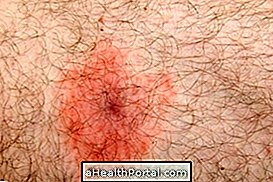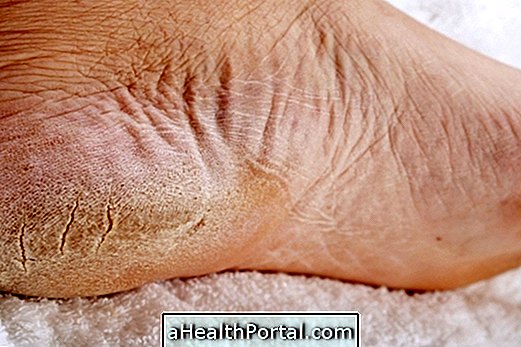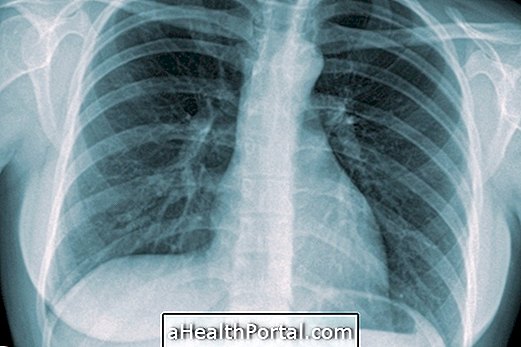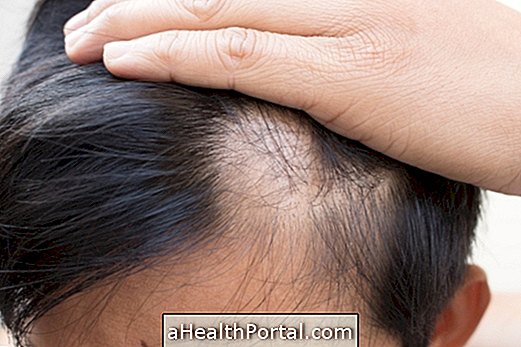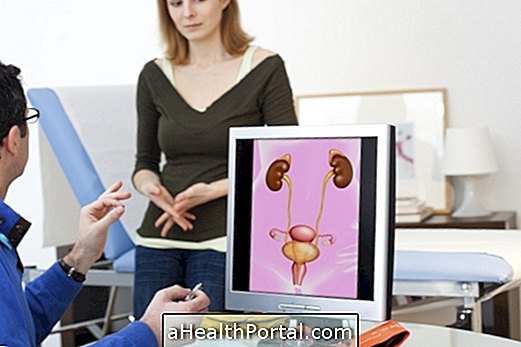The main symptom of pubalgia, also called pubic osteitis, is groin pain, specifically in the pubic symphysis, a tiny joint located in this region. Pubalgia especially affects men who engage in some physical activity such as running or soccer but can also affect women.
The main symptoms of pubalgia are:
- Groin pain, especially when exercising, lifting, sitting and coughing
- Increased pain stay in one foot
- Increased pain during racing
- Burning sensation in the groin area
- Decreased hip movement
- There may be pain in the lower back.
Pubalgia often occurs in soccer players and is easily identified when a pain in the region or thigh is felt at the first pass or kick.
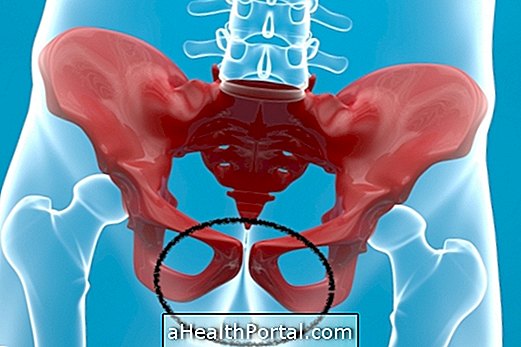
How To Diagnose Pubalgia
No specific examination is necessary for the diagnosis because little or no change can be seen in this region. Usually, physical examination through palpation of the region and tests such as adductor stretching located in the lateral region of the thigh and resistance to adductor movement located in the inner thigh may show pain, characterizing pubalgia.
The history of fall, trauma, sports practice or surgery at this location are also important to reach the diagnosis, in addition to specific tests such as:
- Jump on one leg just because it increases the tension in the joint and causes pain;
- Stretching of the adductors with the foot resting on the knee of the other leg;
- Stretching the hamstrings, tilting the body forward without bending the knee.
These stretches aid in diagnosis because the shortening of these muscles is related to the cause of pubalgia. Thus, if there is an increase in pain in the pubis or shortening of the muscles of the inner and posterior region of the thigh, there is confirmation of pubalgia. Also, if the back of the leg is shortened it will not be possible to support the hands on the floor or there will be some change in the arch of the foot.
What causes pubalgia
Pubalgia is caused by muscle breakdowns that occur in men who engage in physical activity and who require a lot of force to perform movements such as kicking the ball with the inside of the foot or practicing running and that change direction quickly as occurs in races in the road or in mountains, where the floor is uneven.
The main cause is weakness of the hamstring muscles in the back of the thigh and adductors located in the inner thigh and abdominals. This weakness, although not noticeable to the naked eye, is observed when testing the strength of the muscles of the anterior and lateral muscles of the thigh.




